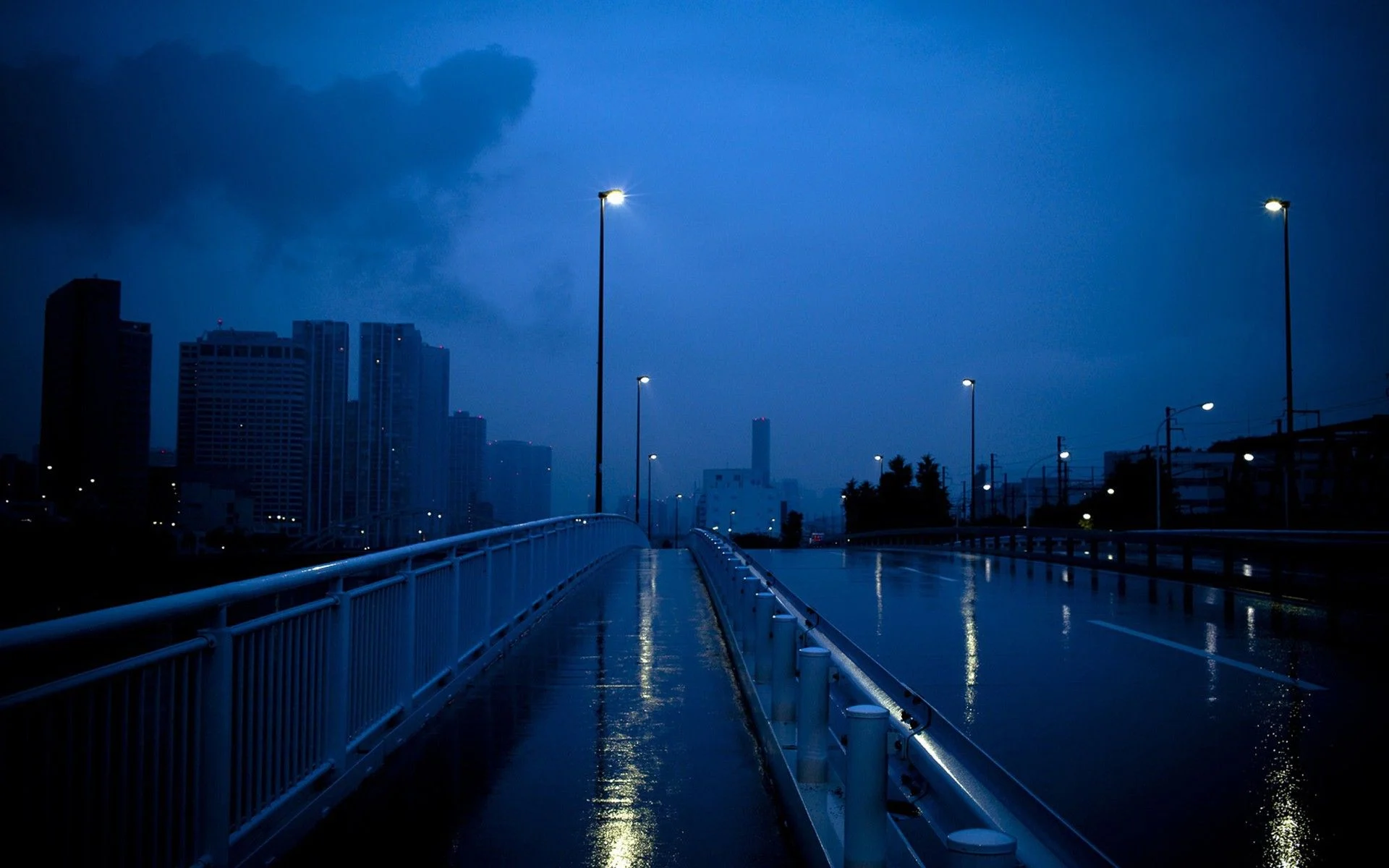Unquestionable blue

We use such simple words
to weave the tapestry of light
into our language.
Red. Yellow. Green. Blue. Black. White.
But what is blue? Did Homer know?
when sailing on a wine-dark sea?
Why did he paint the sky with bronze
and layer green with honey?
The ancient brain is not the new;
when, with modern eyes, I view
the ocean and the midday sky
they look, unquestionably, blue.
With other simple words, we paint
the colors that we feel.
Sadness, joy, fear, hate, love: all these signs reveal
some inner state. But what is love?
How can we call that one emotion
longing, ecstasy, respect,
infatuation, and devotion?
I grasp with these imperfect pigments,
try to catch the palette of
experience — and fail.
What tint can be, unquestionably, love?
My blue is not a simple sine,
nor is my love Euclidean:
no matter how I flatten it,
my love’s oblique meridian
will not lie on a paper map,
nor nanometers ever be
Pacific waves, a robin’s egg,
or what a person meant to me.
Just as the different shades of blue
have secondary colors there,
so love can be tinged green with lust
or dyed in indigo despair
and still be love. Love’s many things,
and though its boundaries aren’t defined
its subtle thread is intricately
laced throughout the tender mind,
intertwining feelings that,
at first, might seem quite different
within a tapestry of sense
that weaves around love’s referent.
In that tapestry, love cries
while flying on blue swallow’s wings;
it flowers pink in fruiting trees
and runs with umber wild things.
You’re in it, too, in faded fields
of tangled thread, a knotted part
(the untrained work of younger hands)
whose weft still binds my heart.
Our love may not have been for years,
been made, at best, imperfectly,
even at our hyperbolic
orbits’ heated perigee,
and cast us both on fast and far
trajectories to where we are:
you, caught by the gravity
of some bright northern star,
and me, to where I settled, bound
with two firm feet on loving ground.
But, sometimes — when I look on high —
I see your color in the sky.
